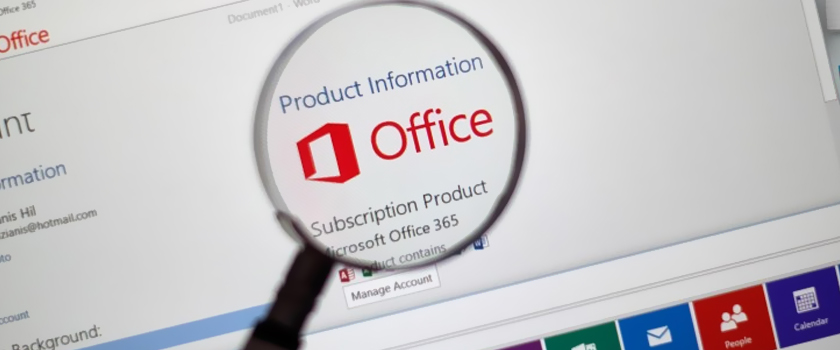As software and website localization is one of our business characteristics and advantages, we do a lot of translation business related to Microsoft products and materials. Translating Microsoft products and materials from English to Traditional Chinese is also one of the features. To perform well in the localization of Traditional Chinese Microsoft products, there is style guide we need to follow.
I. Normative References
1. Microsoft Language Portal: https://www.microsoft.com/Language/zh-TW/Default.aspx. It is a dictionary with rich content and quick update, you can look up IT words and phrases from this website.
2. Online reference materials, such as revised Mandarin Chinese Dictionary: https://dict.revised.moe.edu.tw/, dictionary of Chinese Idioms: https://dict.idioms.moe.edu.tw/cydic/index.htm.
II. Informative References
Offering supplementary information, comparison, background and so on.
1. MSDN: https://msdn.microsoft.com/zh-tw/default.aspx
2. TechNet: “https://technet.microsoft.com/zh-tw/default.aspx”rel=”nofollow”
3. Revised Handbook of Punctuation: https://english.moe.gov.tw/ct.asp?xitem=11428&ctnode=1873&mp=12 (for references only)
4. Academic Glossaries by the National Institute for Compilation and Translation: https://terms.nict.gov.tw/news.php
III. Translation of Some Measurement Units
Kilometer (km) 公里
Meter (m) 公尺
Decimeter (dm) 公寸
Centimeter (cm) 公分
Millimeter (mm) 公釐
Hectoliter (hl) 公石
Liter (l) 公升
Deciliter (dl) 公合
Centiliter (cl) 公勺
Milliliter (ml) 公撮
Ton (t) 公噸
Kilogram (kg) 公斤
Decigram (dg) 公銖
Centigram (cg) 公毫
Milligram (mg) 公絲
Inch 吋
Feet 呎
Mile 哩
Gallon 加侖
IV. Half-width and Full-width Punctuations
In Traditional Chinese, there are two sets of conventions for localization of Software and Documentation. Therefore, we should distinguish them and use the correct set of punctuations during localization.
For localization of Software, the convention is as follows: the half-width punctuations include : ; ! ?() and [ ] while the full-width punctuations contain , 。 、 《》 <> and 「」.
For localization of Documentation, the convention is as follows: the half-width punctuations include () and [ ] while the full-width punctuations contain , 。 、 《》 <> ︰ ; ﹗ ? and 「」.
Examples:
Invalid argument: %1 無效的引數: %1 (localization of Software)
To activate the product, please follow these steps: 若要啟用產品,請遵循下列步驟︰(localization of Documentation)
However, English commas are kept if most of the elements in a string are not localizable.
Example:
Microsoft, Windows, Windows NT, Active Desktop, Active Directory, ActiveX, BackOffice, DirectX, FrontPage, MS-DOS, MSN, Outlook, PowerPoint, Visual Studio, and Windows Media are either registered trademarks or trademarks of Microsoft Corporation in the United States and/or other countries.
This sentence should be translated to: Microsoft, Windows, Windows NT, Active Desktop, Active Directory, ActiveX, BackOffice, DirectX, FrontPage, MS-DOS, MSN, Outlook, PowerPoint, Visual Studio 及 Windows Media 係 Microsoft Corporation 在美國及 (或) 其他國家的註冊商標或商標。
V. Translation of Hot Keys
For translation of strings with hot keys, the convention is “translated text(&Uppercase letter)”. And there is no space between the translated text and ().
Examples:
Exit 結束(&E)
Replay 重播(&P)
Capture object 1 擷取物件一(&1)
MIME MIME(&M)
Print 列印(&I)
However, there are some other special cases should be noticed:
1. If a string is followed by “!” or “?”, put the hot key behind them.
Examples:
Start! 開始!(&S)
Stop? 停止?(&S)
2. If a string is followed by “:”, “>” or “…”, put the hot key before them.
Examples:
Search: 搜尋(&S):
Next > 下一步(&X)>
About… 關於(&B)…
3. The follow formats are also hot keys:
&Copy &複製(錯誤翻譯) 複製(&C)(正確翻譯)
&Change window name… 變更視窗名稱(&C)…
C&ounter settings… 計數器設定(&O)…
Cu&t 剪下(&T)







